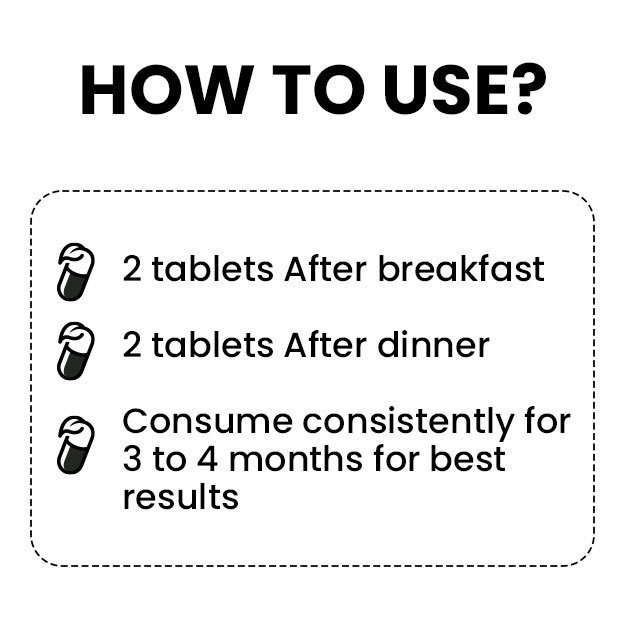Yoga is a traditional method of attaining physical and mental fitness. The practice of yoga is generally not preferred by regular sportspersons or athletes since they substantially depend on interval training for gaining stamina. However, since yoga doesn’t involve too much exertion and is relatively easy to do it can be performed by everyone.
Asanas
There are many yoga (asanas) that can help improve running stamina. Let us have a look at them:
Navasana (Boat pose): Navasana helps to strengthen your core muscles, making it easier to move your legs, pelvis and back while running. It also corrects your posture, helping you run the extra mile with ease.
Procedure:
- Sit erect with your legs stretched straight in front of you
- Press your palms on the floor on either side of your hips with fingers pointing towards your feet
- Exhale slowly, bend your knees and lift your legs straight, raising your feet to the eye level. Your legs should be at an angle of about 45 degrees with the ground
- Now, raise your arms parallel to your legs along with leaning back a little
- In the final position, your whole body should be balanced on your hips and tailbone
- Make sure that your spine is straight
- Stay in the position for 10 seconds and then relax
- Repeat the asana 4-5 times a day for effective results
Urdhva Dhanurasana (Chakrasana/ Upward facing bow pose): Urdhva dhanurasana helps to stretch the accessory muscles (intercostal muscles) which further aid in increasing lung capacity. It also has an energising effect so that you are warmed up for your sprint.
Procedure:
- Lie in a supine position
- Bend your knees and bring them near your buttocks
- Place your palms on either side of your head a bit above your ears with your fingers facing your feet
- The soles of your feet should be firmly planted on the ground
- Pushing with your palms and feet, lift your hips above the floor
- Take a breath and slowly lift your upper torso and head above the ground
- In the final position, your arms should be stretched straight, your shoulders should be pressed a bit towards your back and your head should be hanging, crown towards the floor
- Try to look towards the floor and stay in the position for a few seconds while breathing normally
- Bring your body back in the original position by bending your arms and knees
Ushtrasana (Camel pose): This asana, just like Navasana helps to improve the strength of core muscles and energise the body.
Procedure:
- Kneel down on the floor with your hands on your knees (basically in Vajrasana)
- Move your legs slightly apart and come up on your knees
- Bend your spine backwards while exhaling and try to touch your heels with your fingers
- Do not push yourself if you can’t. Just bend as far as you can
- Maintain your body in the same position while breathing normally for 10 seconds
- Come back in your original position by pushing with your palms
Matsyasana (Fish pose): Matasyasana helps to build the strength of the core muscles and improve breathing patterns, so you can run for longer without getting short of breath.
Procedure:
- Sit erect with your legs folded in crossed position (more accurately in padmasana)
- Now with the legs in the same position try to bend your body backwards with your hands on your knees so that your crown touches the floor
- The weight of your body should be on your arms instead of your head
- Try to keep your shoulders stiff to help balance the asana
- Stay in this position for a few seconds then relax your head and chest and unfold your legs to come in a supine position
Dhanurasana (Bow pose): Regular practice of bow pose expands your chest muscles, thus helping increase lung capacity.
Procedure:
- Lie down with your face towards the floor and your arms by the sides of your body
- Bend your knees so that the soles of your feet are facing your head
- Raise your hands backwards and try to touch your ankles
- Hold your body in the same position for around 10 seconds
- Come back in the original position by straightening your legs
Utkata Konasana (Goddess pose): It increases the overall stamina of your body.
Procedure:
- Stand straight and set your legs a little apart
- Turn your toes out and heels in at an angle of 45 degrees
- While exhaling, bend your knees a little to come in a squat position
- Now raise your arms above your shoulders with the elbows at an angle of 90 degrees and your palms facing away from you
- Lower down your hips to the height of your knees
- Involve your core muscles and push your tailbone in the direction of the floor
- Stay in the same position for about 30 seconds
- Straighten your legs and push up your torso to come back in the original position
Pranayama/Anulom – Vilom
Pranayama is considered as one of the five major principles of yoga. It consists of inspiration (inhaling) and expiration (exhaling) in a rhythmic pattern so as to activate all the energy centres in the body. When done regularly, pranayama helps improve overall health, making you feel more energised and active. Here is how you can do pranayama:
- Sit in padmasana position with your back straight
- Close your left nostril with your right finger and inhale using right nostril
- Now close your right nostril with your right thumb and exhale using left nostril
- Repeat the above steps for about 10 minutes
Note: Do not do this exercise if you feel dizzy. (Read more: Dizziness treatment)
























